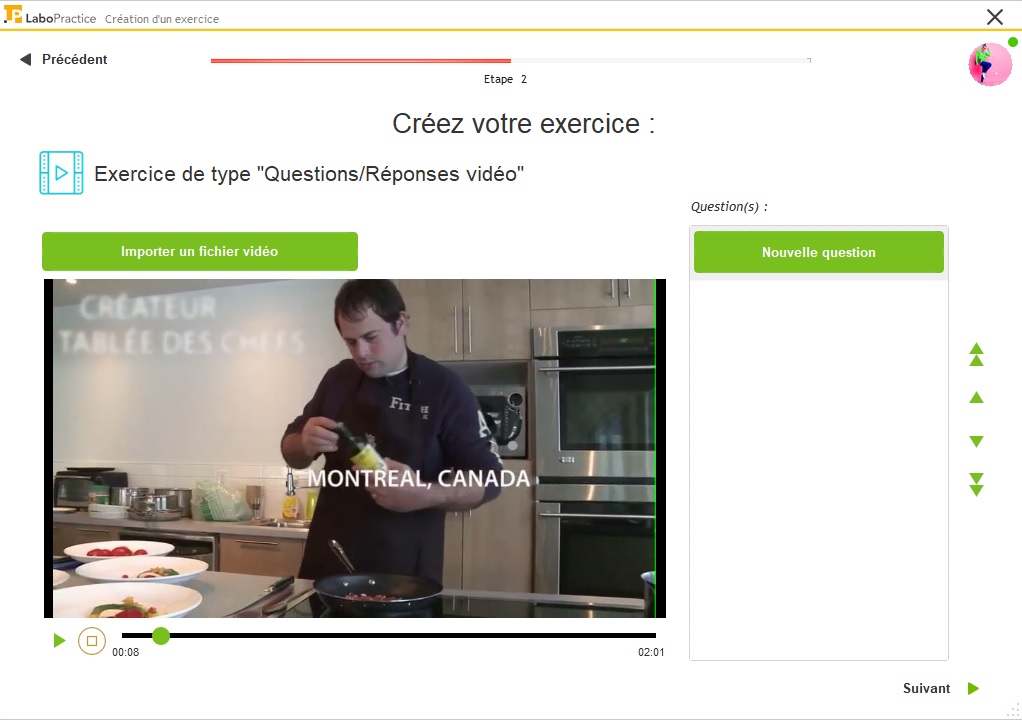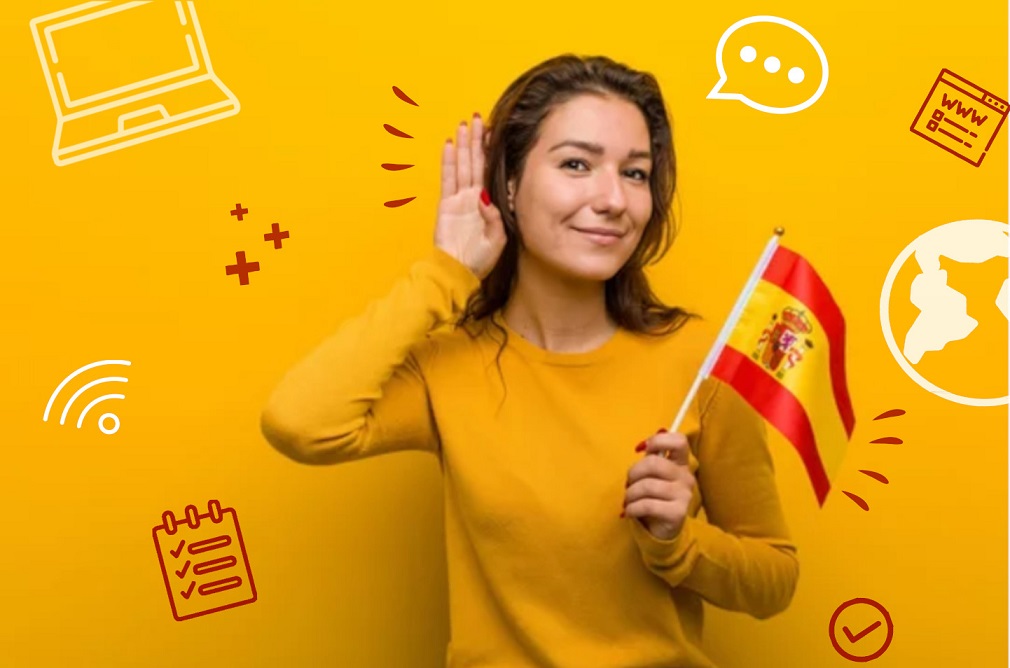
10 Tips for an Effective Hybrid Learning of a Foreign Language
We believe more than ever that hybrid education has definitely changed our teaching habits and our relationships with students.
The Canopée network yesterday published a complete dossier on the subject when we were writing our article for today. Chance of the calendar? We do not think so !
Hybrid learning is a combination of traditional face-to-face lessons and online courses. As a result, students have the opportunity to interact with native speakers and have more opportunities to practice their skills in real-life situations. The rise in hybrid learning is one of the most important trends in higher education. This requires a proactive and comprehensive approach to optimize student engagement. This article will help you with tips for effective hybrid learning of a foreign language with some tips.
Emphasize the interaction between teacher and student
Students need to build positive relationships with their teachers in order to learn and become successful. Helping your students engage in meaningful learning can be challenging, especially in a remote setting.
Clear objectives and goals
Instructors should communicate clearly with students about the purpose of their course and why it is important that they succeed. This can be done in an encouraging way to increase student engagement. By being clear about the purpose of the class, instructors can begin to set boundaries and give students a sense of direction.
Don’t replicate the classroom
Design brand new learning experiences with technology focus.
Classrooms aren’t the same these days. They’re not the traditional classroom in a lecture hall, but a whole new learning environment where students are free to work at their own pace and with technology as an adjunct.
While their teachers are able to focus on teaching, students can also learn at their own pace on a variety of resources, such as online tutorials and videos.
Reduce stress in the remote classroom by consolidating the use of tech tools
Too much choice can undermine students’ ability to focus and learn. Limit the number of tech tools used, and stagger their implementation to reduce stress. On the other hand, when they are asked to use just a few tech tools, they can easily master them and use them effectively.
With LaboPractice, it is possible to centralize the creation of content, educational sessions and the correction of exercises in a single space.
Look for opportunities to foster community
In order to help students learn a foreign language, it is necessary to build relationships with them. One of the most important aspects of language learning is the relationship between the learner and the teacher. It is vital to build these connections early on so that the student knows what to expect from their teacher and can enjoy success in the language.
Collaboration is important. One way to foster collaboration is to encourage students to gather together in a virtual classroom space. This helps increase the sense of community and makes remote learning more comfortable for students.
To foster community, encourage students to interact with each other.
Link online and in person learning
In a hybrid learning environment course management, authentic conversations and student engagement are essential elements to an effective learning experience. If classes are offered in a blended format, instructors should determine which activities are best in a classroom environment. Utilize opportunities to interact with students and build relationships in person. In this new era of virtual learning, online meetings happen in video conferencing software. This allows instructors to have a 15-20 minute online presentation and then follow it up with discussion questions in a virtual meeting room.
Thanks to our two software programs, the teacher can simultaneously give face-to-face lessons via LaboPractice Classroom and remotely (via Home).
Ensure interactivity instead of large meetings
To improve the interactive experience, instructors can facilitate a few small groups to discuss the topic.
This small group setting also allows for private chats where students can ask direct questions anonymously. The private chat feature is a great way to engage students during a class.
Also, when students respond to an instructor online, such as in a chat room, they are more inclined to speak and listen openly.
Whether Zoom, Teams, Discord or Google Hangout, LaboPractice can be used remotely with a videoconferencing tool.
Explore interactive resources for language learning
Interactive learning resources never disappoint. They add a new dimension to language learning that is engaging, exciting, and easy to use.
Dramatic, engaging, and educational language learning resources are a good way to catch your students’ interest. You can actually combine books with interactive language learning programs on video or computer, which will make the entire process more effective and less boring for your students.
Integrating your digital resources is done in one click with LaboPractice. You easily create your exercises from the media of your choice (audio, video, image or text).

Give students regular feedback and support.
Hybrid learning is challenging, but it’s also exciting and rewarding. To ensure students are successful, it’s important for them to feel supported throughout their educational journey.
hat’s especially true when they’re learning remotely. Experienced instructors know the best way to ensure student success is through frequent and constructive feedback on their work.
Assess students differently in a digital environment
High-stakes exams are not the best way to assess a student’s performance in an online environment.
The evaluation of the student’s work is an important step for the teacher or trainer. LaboPractice was designed to collect students’ oral and written responses. One of the main strengths of the software is also the correction of “digital copies”. You can indeed send your notes and remarks on each educational activity.
Read also the complete file on Réseau Canopé
Would you like to know more?
Try LaboPractice for 30 days without obligation. You will have access to the tool in its entirety. You will be able to test it with your students in real conditions.
Contact our team for a 15 minute demonstration. The main features will be shown to you and we will be happy to answer all your questions.


